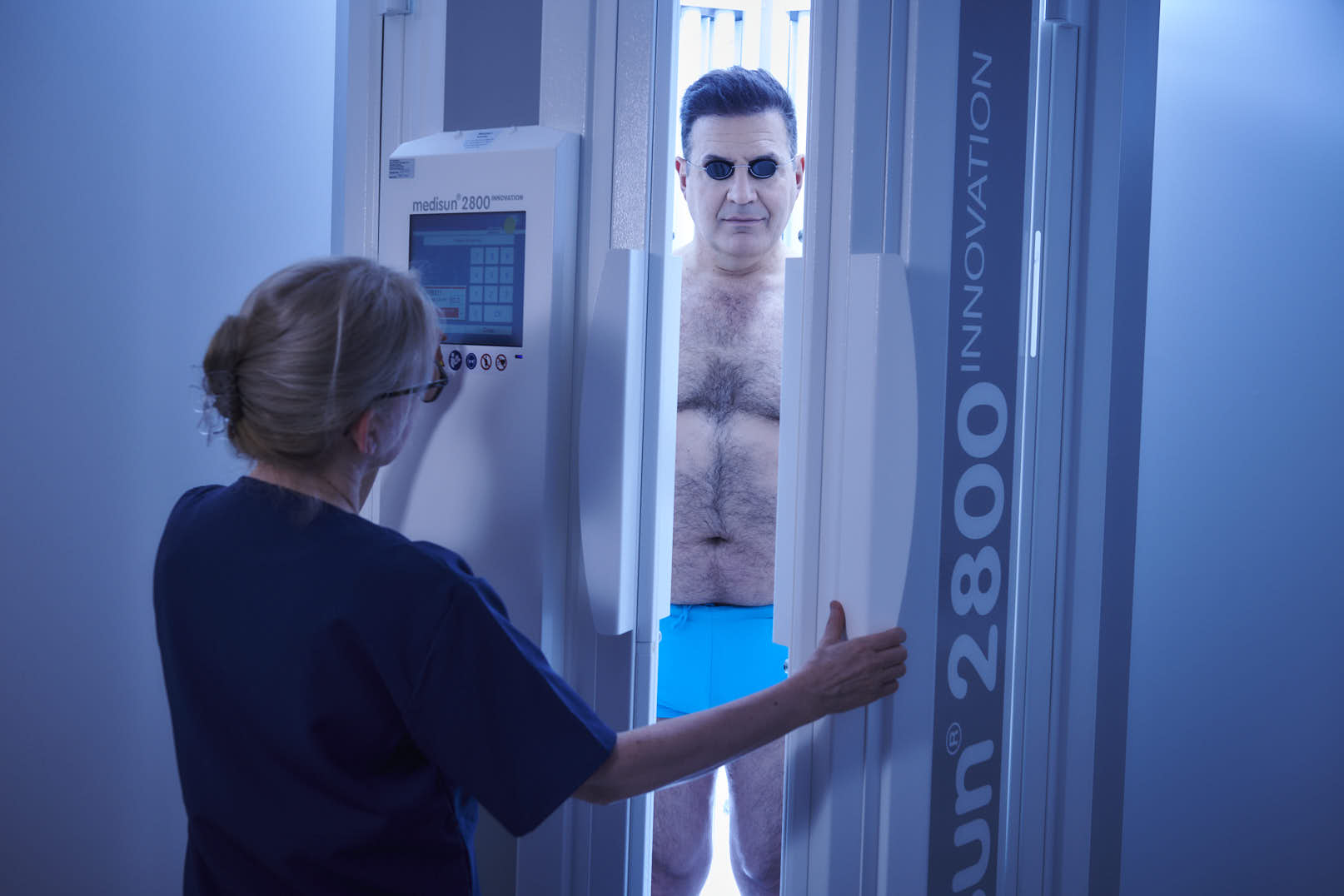Professor Hiva Fassihi
Consultant Dermatologist
Specialist expertise: Dermatology, General Dermatology, Mole Checks, Mole Mapping, Skin Cancer, Skin Cancer Surgery, Phototherapy, Acne, Rosacea, Eczema, Paediatric Dermatology, Sun Sensitive Disorders, Paediatrics.
